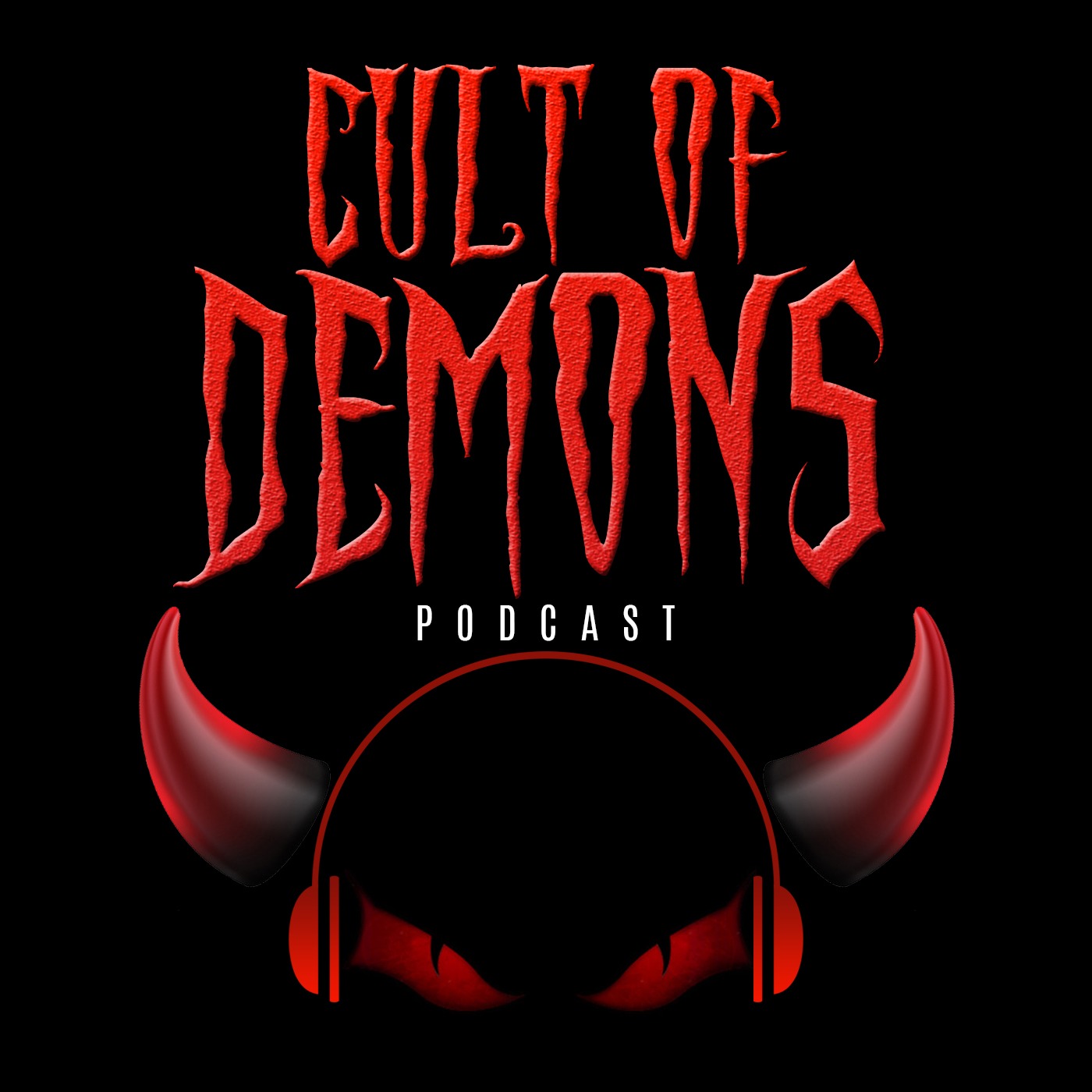In the Ancient Roman Empire, the notion of political freedom, or what in Latin is called Libertas was one of the main goals of many of their citizens who were not born into aristocratic or elite families. It was through hard work for the Empire, merit, luck, and knowing the right elites, that one could earn the official legal status of a “free man.”
The Romans had devised a class system and a government that had kept a fine line between the two political factions. The most powerful were Rome’s Republican Patrician elite and the least powerful class were known as the plebs, or plebeian commoners.
One of the methods they used to keep order was to have different cults that could be celebrated among the common people depending on the class to which they belonged.
For the Roman plebs and plebeian commoners, their faith was based on “The Cult of Liber (Liber Pater)”, which has its origins in Rome during the third century BC, but goes back much further in history to the Ancient Greeks. The cult allowed the plebeians who had been excluded from membership in other cults by law and did not belong to the original aristocracy families to claim equal rights and opportunities as the elite class.
The 4th century AD Roman author and grammarian, Servius’ explanation of the deity, Liber a libertate, should not be unequivocally understood as referring to a political and juridical concept of liberty. In Ovid’s Tristia, he stresses that it means the beginning of a freer life on account of the new status.
The Cult of Liber had a festival every year that was heavily centered around the children and youth of their Empire. Liber’s festival, the Liberalia big festival, was held on March 17. Representations of a phallus were displayed at crossroads and then transported from the country into the city to encourage the growth of crops and to ward off witchcraft. Because Liber protected the seed of men, boys often had their coming-of-age ceremony during the Liberalia.
Writing in the Fasti at the end of the first century BC, Ovid explains how the toga virilis, the gown of manhood, was given to boys during the festival as a symbol of a freer life (sive, quod es Liber, vestis quoque libera peLiberaumitur et vitae liberioris iter). Ovid’s explanation shows that these celebrations were not intended to extend political liberty to all the youth, but that the white gown (toga) represented the idea of personal freedom or liberty as embodied by Liber.
The toga virilis symbolized the entrance of these young men into the civic community in which they obtained a new sort of personal identity, and freedom, but more importantly for the Roman republic, they were now registered to fight in wars.
True political freedom for plebians under Roman Law was symbolized by the hat worn by newly freed slaves called the
“pilleus.” It served as a sign of emancipation and freedom, while still acting as a visible reminder of past slavery.
As part of the Roman ceremonies when a slave would obtain his freedom, he had his head shaven and then placed upon his head, the pilleus.
This cap became the iconic symbol of freedom with the phrase “servos ad pileum vocare” to call the slaves to the Pileus (or cap). Often, these slaves would win their freedom by taking up arms with the Roman army with the promise of future liberty as the reward symbolized by the red hat.
The pileus was the Roman version of the Phoenician and Greek, Phrygian hat. It has also been called the Mithraic Cap, sacrificial Cap, miter, and in French as the bonnet de la Liberté or bonnet rouge. In English, we call it the Red Cap of Liberty.
Over time, I believe the Roman elite decided that it was easier and also more effective for governing to grant all plebs of their Empire the explicit freedoms afforded under Roman Law. Hence, the pileus hat came to represent a symbol of liberty to be applied to all members of a community or a fraternity, as living in a condition of non slavery
The Phrygian (Pilleus) cap was worn by the revolutionists during the masonic French Revolution in the 18th century.
After the overthrow of the French Monarchy, the French Declaration of Human Rights was said to be officially recorded as the Masonic values of the new French government, whose new motto was “Liberté, Égalité et Fraternité” (Freedom, Equality and Brotherhood).
The official document of the Declaration of Human Rights is guarded by Masonic pillars and contains several occult symbols such as the All Seeing Eye of God, and the red Phrygian cap, a symbol of freemen or freemasons representing the enlightened ones.
All these words I mention, liberty, liberties, liberated, liberalism, and even the word library find their etymology with the root word “liber.” These words are at the foundation of American culture and life.
It is from the word “cult” that we derive the modern notion of “culture” which are the customs, arts, social institutions, and achievements of a particular nation, people, or another social group.
This culture we have today in the United States of the common people is based upon the ancient Roman religion and mythology of the God Liber (/ˈlaɪbər/ LY-bər, Latin: [ˈliːbɛr]; “the free one”), also known as Liber Pater (“the free Father”). The Cult of Liber originated when Rome conquered Greece and absorbed many of the cults and gods such as Bacchus and Dionysus into the Roman Empire.
Back then, the Romans found it much easier to manage newly conquered people by allowing them to keep many of their cults, rites, and customs than to impose their own. For example, if they found that the Greek government had such success managing their citizens with the Cult of Dionysus, they would just superimpose their Latin names on these foreign cults such as Liber and Roman laws to help manage them. Rome has a long history of not only looting conquered nations of their resources and wealth, but also taking advantage of their customs and cults to reappropriate them as their own.
No need to reinvent the wheel.
Just like the characteristics of Roman Liber and Bacchus, Dionysus in Greece was the god of viticulture and wine, male fertility, sexual excess, and the personification of liberty of the people for the right of self-expression, and free speech. The God Liber was depicted in many different ways to satisfy the various needs and desires of the people. He could be either young or old, drinking wine and delighting in the company of nymphs and satyrs.
In researching this era, you will find that many Roman historians used Liber and Liber Pater interchangeably with the Greek Bacchus or Dionysus, whom they regarded as identical to the Italian Liber such as Cicero. (Cicero de Nat. Deor. 2.24). Ovid in general uses the names Liber and Bacchus interchangeably.
However, there seems to be a separation in Rome or clear distinction between the rites and festivals found in the Cult of Liber versus the Cult of Bachus. The Cult of Liber was a Roman state sponsored cult with customs, rules, laws, and regulations, while the Cult of Bachus and its adherents, the Bachanalia were not based upon the same moral and liberal standards.
According to Roman historian and grammarian, Livy, the nocturnal version of the Bacchanalia involved wine-drinking to excess, drunkenness, and allegations of both heterosexual and homosexual license with young boys and the free mingling of the sexes and classes.
This was a form of unrestrained liberalism that had led to perverse human and sexual acts and could be compared to modern Satanism and Aleister Crowley’s religion of Thelema’s extreme neoliberal motto of “Do Thou Wilt is the Whole of the Law.”
In 186 BCE, the Roman Senate took legal action against the Cult of Bacchus with the largest systematic persecution of a religious group ever seen in Europe. Over 7000 people were persecuted in the campaign; the majority of them were executed (Ab urbe condita 39.17.4-39.18.9).
I will explain more about this cult and how it is comparable to Satanism in the next chapter.
The most extensive history and information that we have on the Cult of Liber would be mainly on the Greek version of the God and Cult of Dionysus which lasted several hundred years in the Ancient Greek empire as their main state cult.
The Cult of Liber (Liber Pater) would be the Roman or Latin version of the Greek Dionysus that would later be renamed as the Cult of St Peter. Its priests were called “liberti” and its High Priest was the Liber Pontificalis who today we know as the Roman Catholic Pope.
The Liber Pontificalis (Latin for ‘Liber High Priest’) is known as a book of biographies of popes from Saint Peter until the 15th century. The earliest Church manuscripts refer to this book as “Liber episcopalis in quo continentur acta beatorum pontificum Urbis Romae” (episcopal book which contained the acts of the blessed pontiffs of the city of Rome).
According to Servius, Liber was associated with viniculture, and a similar function to that of air was performed by wine and music. He refers to dancing and singing as traits of Liberalia. Servius said that an alternative name for the sacra Liberi was orgia, deriving from the Greek ἀπὸ τῆς ὀργῆς, and which he translates in Latin as furor, a status achieved by the power of music.
In Roman tradition, furor was seen as a complete darkening of the mind or in modern terms, a mental breakdown or someone losing their mind. Servius said that under Roman law, people affected by furor were said to be under the control or tutela of someone else. A form of extreme influence, mind control, or possession.
It is interesting to note Servius says that music was used to cause a certain mental state or orgia or furor. The meaning of this word is rage, fury or to go crazy. It makes sense that the Ancient Greeks and Romans would have known the power of music and its ability to affect people in certain ways both good and bad.
Ancient Greek philosophers such as Plato said that music played in different modes would arouse different emotions and that the kind of music to which humans were exposed during their early years determined the balance of their souls. Aristotle, Plato’s student agreed and added, “If one listens to the wrong kind of music he will become the wrong kind of person; but conversely, if he listens to the right kind of music he will tend to become the right kind of person.”
Liber became the symbol of free towns organized according to an Italic model. As a mode of Roman Imperialism, the God and Cult of Liber were how the Roman system would infiltrate other nations as a substitute to their ancestral traditions.
A time-tested Greek and Roman method of using the notion of liberatas, alcohol, music, and free speech to manage their citizens, while still maintaining control of the empire.
This is how I contend they would conquer and supplant a nation’s traditions with the new Cult of Liber and notion of freedom. It was as if once Rome took over a nation, very little would change in the customs of the common people at the societal level in order not to disrupt their ways of life.
They were free in many aspects of their lives to give them the illusion that they were 100 percent free. But all the while, the Roman elites would oversee that the laws and taxes would be enforced by the existing government, which they controlled and directed.
Give to God what is Gods and give to Ceasear what is Ceasars.
This helps explain how the Cult of Liber or what we know today as liberalism had influenced most of the Western world.
The current American culture, which is liberal and many would argue extremely liberal or neoliberal would be based upon the Ancient Cult of Liber. I believe the government was created to be a modern model of this old Roman mode of Imperialism and population control.
As I mentioned, this was a two-class system. One class was the plebs and the ruling class was the elites or nobles.
They were created legally to be like oil and water and not to be mixed.
This may be why the U.S. The capital of Washington D.C. was designed to be its own sovereign state. Like the Ancient Roman elite, the American political elite should be held to a higher standard than the people.
Liber’s associations with alcohol, intoxication, uninhibited freedom, sexual promiscuity, and the subversion of the powerful people had made many aspects of the cult to be considered very un-Roman by the Republican Elite. They believed the plebeian rights to ecstatic release, self-expression, free speech, and civil disobedience were immoral and disrespectful to their Roman heritage.
The Cult of Liber was described to have spread “like a plague” among the lower classes, morally weak, effeminate males, and anyone who may have leuitas animi (fickle or uneducated minds), but even some of Rome’s elite were not immune to its infection.
For the majority of Rome’s Republican patrician elite, their social norms were based upon Roman traditionalism, which was an unwritten code of the mos maiorum (Classical Latin: [ˈmoːs majˈjoːrʊ̃]; “ancestral custom” or “way of the ancestors.”
The mos maiorum was based upon ancient principles, behavioral models, and social practices that affected private, political, and military life. Roman Traditionalism can be compared to the modern Conservative and Traditionalist movement of the 19th – 21st centuries.
It is my contention that the Greek and Roman elites had devised this legal and social system for plebians to be the preferred method for population control and also a type of game (heiros gamos) or competition among their subjects and even their rulers.
This mode of government based on the Cult of Liber became the Cult of Liberalism.
Taken to the extreme, it becomes immoral and unlawful leading to the Roman problem of the Bachanalia.
Liberals who like the Bachanalia have taken the notion of personal freedom well beyond the set moral and ethical boundaries of a civil society to the extreme Left found today in neoliberalism and Satanism.
A Satanic State of Mind that has infiltrated all aspects of American culture – including the government and elite.
SOURCES:
Servius – Aeneis: Mit dem Commentar des Servius
Ovid – Tristia
Ovid – Fasti
Livy – Books XXXVIII-XXXIX Cambridge
Cicero de Nat. Deor. 2.24

Moe is the founder of GnosticWarrior.com. He is a father, husband, author, martial arts black belt, and an expert in Gnosticism, the occult, and esotericism.







![How the Britons obtained their first victory over the Angles, under the command of Ambrosius, a Roman [456 A.D.] | Book 1 | Chapter 15 How the Britons obtained their first victory over the Angles, under the command of Ambrosius, a Roman [456 A.D.] | Book 1 | Chapter 15](https://www.gnosticwarrior.com/wp-content/plugins/contextual-related-posts/default.png)
They celebrated Juvenalia which was a pedophile orgy annually.